“The origins of creative abilities and talents of children are at their fingertips. From the fingers, figuratively speaking, come the finest rivulets that feed the source of creative thought. The more confidence and inventiveness in the movement of a child’s hand, the more subtle the interaction with the work tool, the more complex the movements necessary for this interaction, the deeper the interaction of the hand with nature, with social work, into the spiritual life of the child. In other words: the more skills built in the children's hand, the smarter the child becomes"
VA Sukhomlinsky
It may seem to some parents that plasticine is a very “dangerous” material for home furnishings: it sticks to everything and leaves greasy stains, not to mention the fact that a child can simply swallow it. We hurry to reassure: plasticine is an excellent material for creativity, which you just need to learn how to use correctly.
Sculpting is one of the most fascinating and interesting types of children's artistic creativity. It allows even the youngest child to feel like a master and creator. And you, parents, shall not even doubt what amazing and useful activity your child is doing.
Sculpting - the most tangible form of artistic creativity. The child not only sees what he has created, but also touches, picks up and changes as necessary. The main tool in modeling is the hand (or rather, both hands, therefore, the level of skill depends on owning your own hands, and not a brush, pencil or scissors).
From this point of view, the modeling technique can be assessed as the most accessible for self-mastering. The sooner the child is given the opportunity to sculpt, the better develop his skills with own hands. And when a child begins to understand that he can countless images from one lump - modeling becomes a favorite occupation for many years.
In winter, the children are provided with great opportunities for working with snow - making snowballs, snowmen, snow sculptures, figures, fairy-tale characters. In the summer, children are happy to use sand for molding, from which they build castles, houses, and animal figures.
An important role in this fascinating process is played by an adult, who is not a passive observer, but the immediate participant, who can give advice, promptly praise, explain the incomprehensible. Do not forget that the leading form of creative activity of a child is a game that can change the attitude of children to what seems simple and ordinary at first glance.
Sculpting is a very important activity for a child, which develops creativity, fine motor skills of hands, spatial thinking, the concept of color, shape of objects. In addition, modeling (and not necessarily from clay) has a beneficial effect on the nervous system as a whole. In general, the benefits of modeling are enormous..
Which clay is better?
You need to choose a good quality one; it should not be too hard, nor too soft and stretching. If the clay sticks to the hands, then sculpting from it becomes difficult - try it yourself. And if it is too hard, then children find it difficult to stretch it, and even the details can fall apart.
Under no circumstances should young children be given plasticine with a fruity odor. If yellow plasticine smells of lemon, orange - orange, and red - strawberries, the baby will not sculpt, but lick it, and this is not what we want to teach.
Plasticine - versatile material that makes it possible to embody the most interesting and complex designs. Technique modeling available for preschool children in all the richness and variety of ways. Plasticine is quite plastic, it has a bright, beautiful color range that allows you to mix it with each other, getting a new color. It is good because it does not require special treatment before modeling, has a wide color gamut. Plasticine is produced in jars or boxes of 6, 12 pieces. To convey the expressiveness of the image, you can use the stack - a special stick with a pointed end and a wide base. Usually it comes with plasticine. In the classroom for modeling, you can use rolling pins for rolling clay, as well as stencils - molds for squeezing various shapes.
Clay - is an environmentally friendly material for modeling, it is flexible, has durability, takes well any paint, it is also an excellent healing material, the healing properties of which are used not only in medicine, but also in science. For example, V. Oaklender - the author of the book “Windows to the World of a Child” (a guide to pediatric psychotherapy) recommends using clay to relieve nervous tension in children, fears, negative emotions, aggression, and also to create a positive state in children.
Salty dough (the best option for modeling) - one of the most affordable and cheap materials. The art of making salt dough has become extremely popular these days, especially among children. Salty dough is easy to make.
Recipe: 2 cups of flour, 1 cup of fine salt, 1 cup of water, 2 tablespoons of vegetable oil, gouache or food coloring. Mix well. Store for a long time in a plastic bag in the refrigerator.
Stack: to convey the expressiveness of the image. Stencils and molds for extruding various shapes. Plastic lining for sculpting. Wet cloth for wiping hands.
How to prepare the workplace?
The room should have good natural light. If it is not enough, use additional artificial lighting. Remember: the light should fall on the left side, so as not to obscure the working surface. Choose furniture that matches the height of the child. Lay on the table oilcloth, put on a child a special robe or apron. Sit at the table so that he was comfortable, teach him to sit straight, not too leaning over the table. For modeling it is good to have special plastic rectangles measuring 15 by 20 or 20 by 30 cm. First, offer the child some plasticine, he will be interested in examining, touching, kneading, pinching off the pieces. Show how you can roll out a piece and get a "sausage", and by connecting its ends - the "wheel". From another piece you can roll a ball, a ball, and if you flatten it, you will get "gingerbread", "pancake", "cookie". Select a special place for modeling work, so that the child can set up the molded figures himself or make simple compositions with you: “the chicken drinks water from a saucer”, “rollers” dance, “snowmen expect children”. Well, the child will play with them, as they play with toys. When you have collected a sufficient number of fashioned objects of recognizable forms, you can organize an exhibition, to invite all home. The child will be pleased - because this is his first exhibition.
Remember that during the modeling sessions you will have to be close to the child, not only as a protector (so as not to eat clay), but also as a creator (to make it yourself with the child).
Secondly, do not overdo it with the complexity of tasks for your child, do not demand too much from them.
What can a child in a half-two years do with plasticine?
• pinch off a piece of clay,
• flatten the clay with the whole palm,
• poke a finger in a rolled bed,
• from balls, which mom rolls, make small cakes with your finger,
• stick it to paper or table
Sausage balls (2-3 years old)
To sculpt the notorious sausages and balls, with which any manual on working with clay begins, is not as easy as it sounds. Children under two years of age rarely have the necessary level of motor development. Before proceeding directly to the molding, it is worth training to prepare the fingers for unusual work. Put a child's palm on a pencil or a small ball and offer to roll them.
It turned out a man! (3-5 years old)
Sculpting people and animals - aerobatics for the little sculptor. However, making separate hands, legs, the head, and then attaching it all to the body - for the time being is a difficult task for the child. It is easier to start with “pulling” the figures out of a single piece of clay. From a piece of plasticine, make about a quarter of the bar slightly pull back and give it a rounded shape, - This will be the head; make protection on the sides of the torso a little stretch them - it will be hands; just do the legs; stretch your nose and ears; "Dress" the figure, clinging it with multi-colored clay, rags, foil, natural material; Draw a face with a toothpick or decorate it with pieces of clay and other materials.
At first, the baby will sculpt with you, pinching the nose, ears, hands, making outfit for the little man. And only when he understands what is required of him, they can proceed to create independently. Our advice if you create little people and animals not from plasticine, but from self-hardening polymer clay for modeling, they can be played later. If the kid refuses to sculpt balls and sausages, do not insist. This means that his fingers are not yet ready what kind of activity.
Plunging into the creative session, the children study with great interest, find new approaches to solving familiar problems. Living on the image of a little sculptor, a child learns to create and create works in which artistic taste and ingenuity manifest themselves, and fantasy, imagination, and spatial thinking develop. In this case, the child works with his fingertips, which affects the development of small muscles of the hand.
Experts have long proven that the development of a younger preschooler is at the "tip of his fingers". “The hand is the visible part of the brain” says Immanuel Kant. And modeling in this case is not only an entertaining exercise, it is a massage, and the development of fingers, which is directly related to the development of the child’s speech and his creative abilities.
Modeling classes bring up patience, perseverance, accuracy, the ability to plan and bring the work to the end. All these skills will be useful not only in school, but also help the child to become a harmonious and creative person.
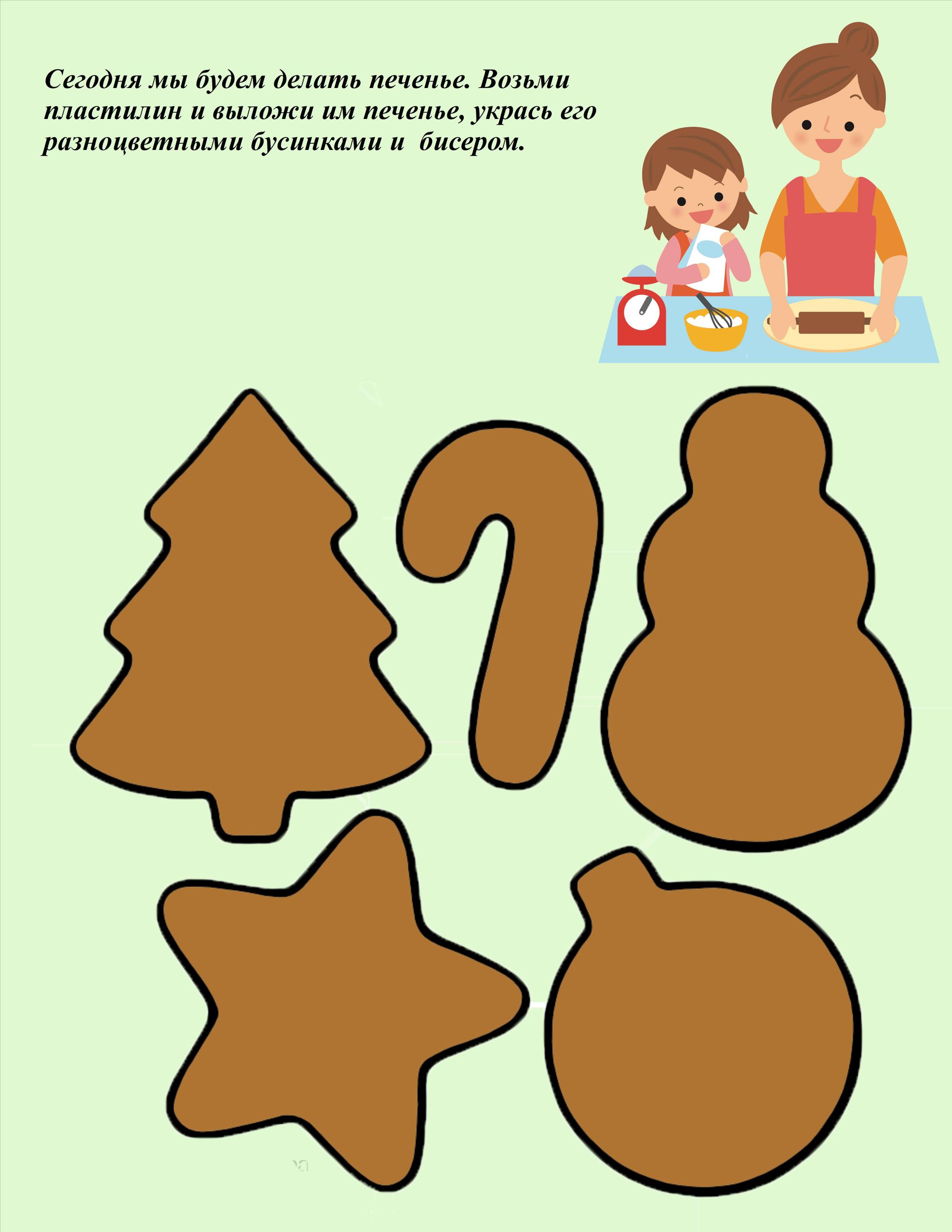
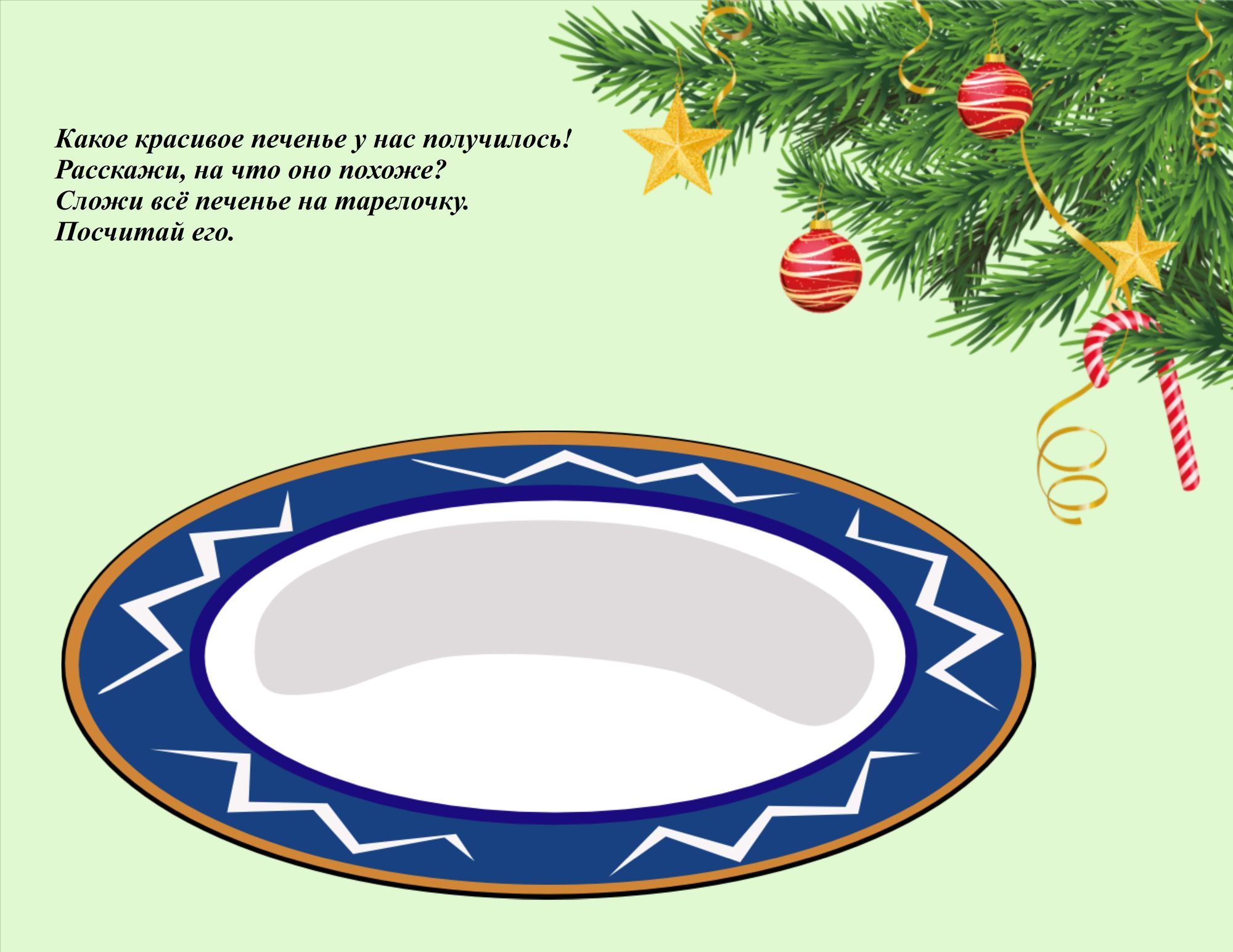
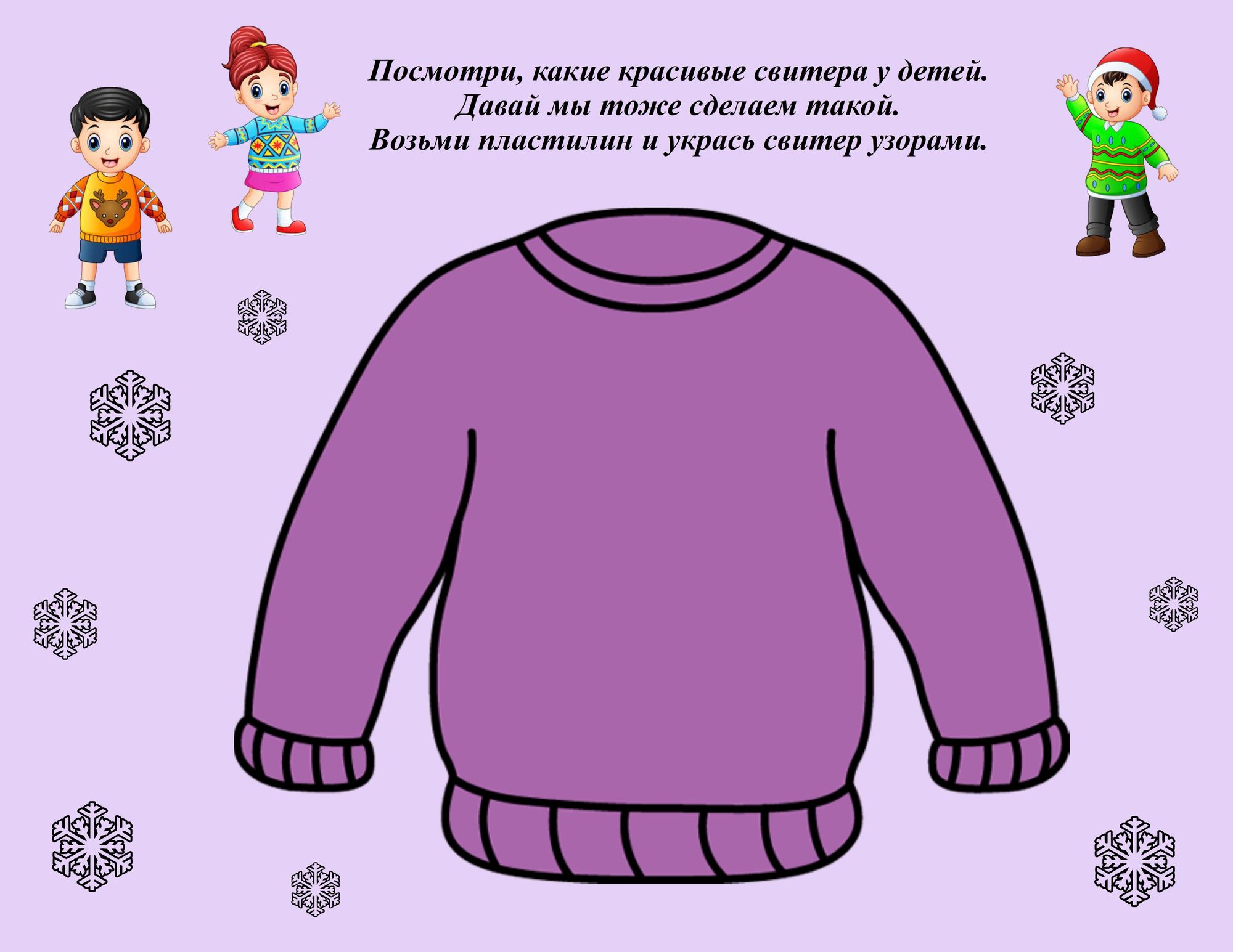
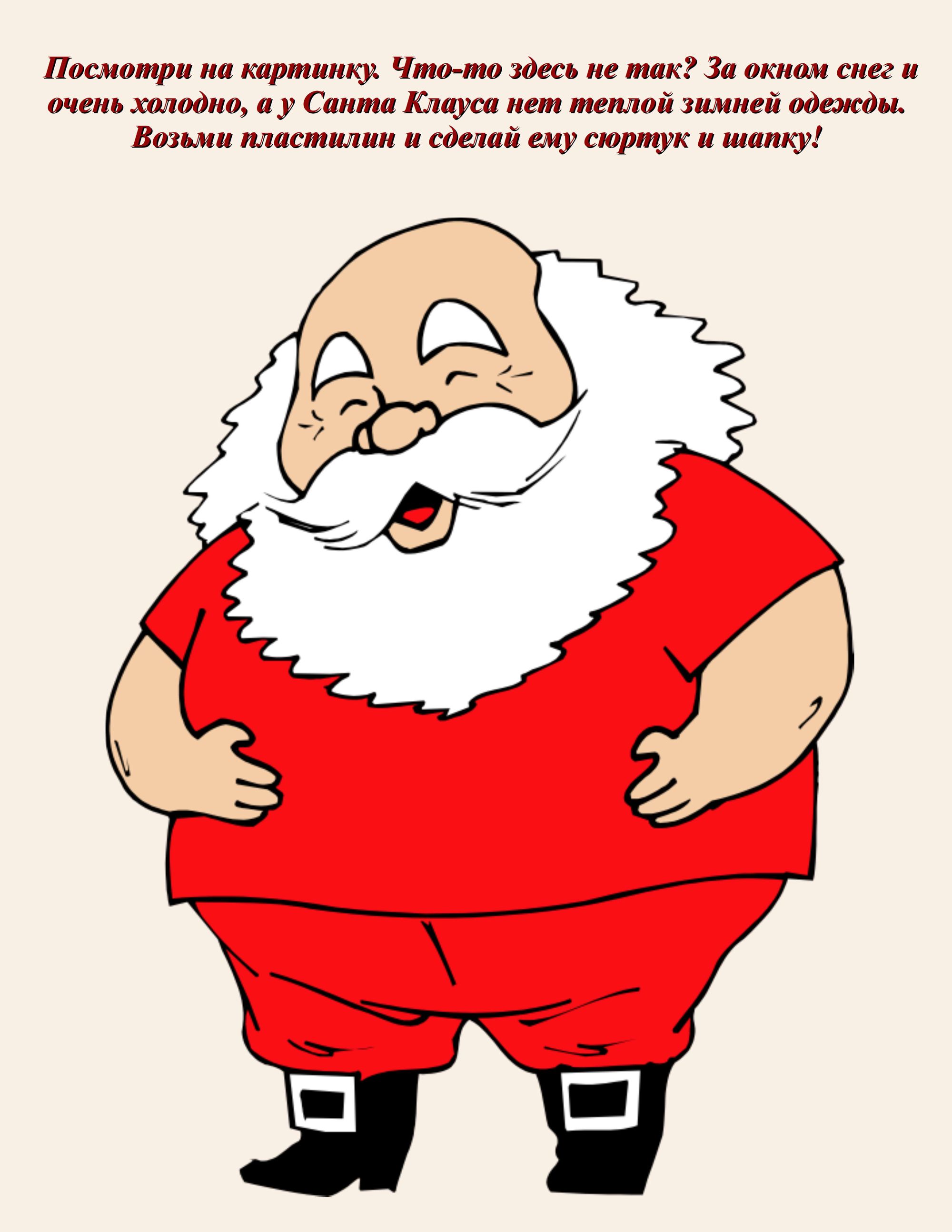
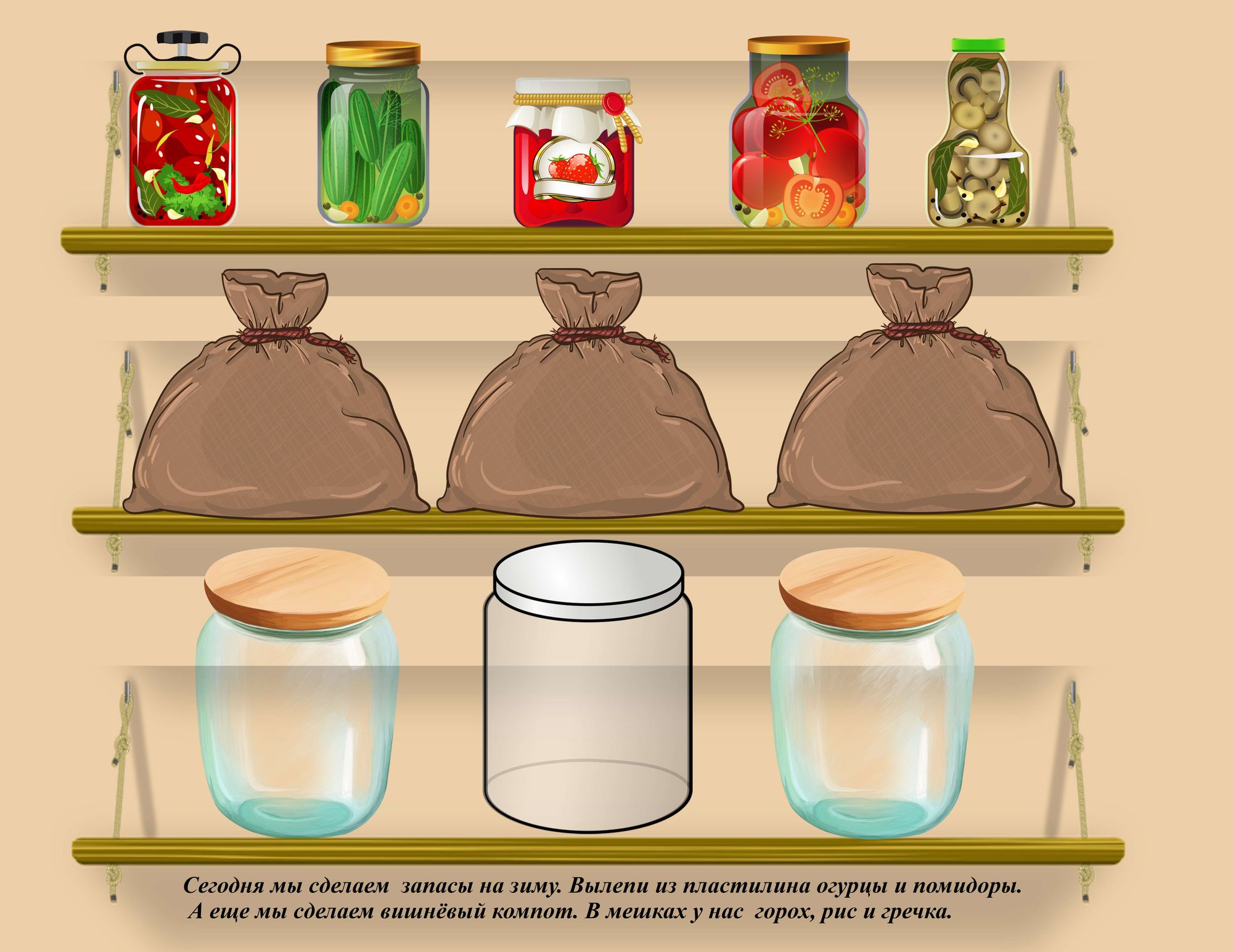
Printable material:

